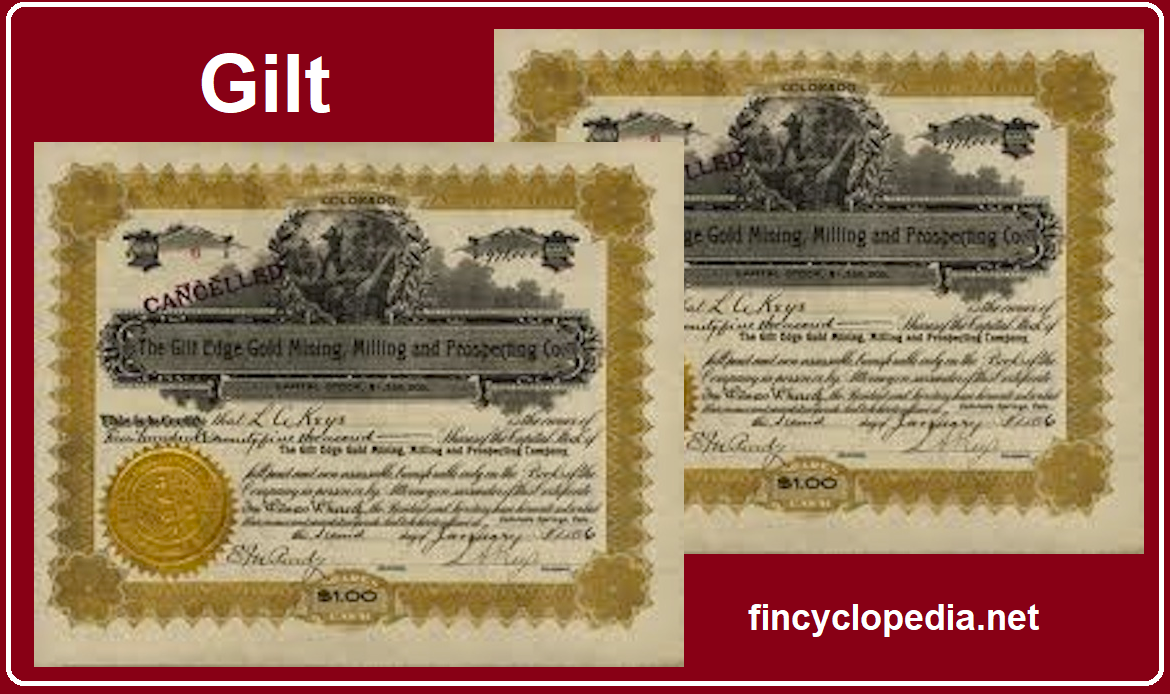An option pricing model which assumes that the evolution of the underlying asset return follows the generalized autoregressive conditional heteroskedastic (GARCH) process. This model is used for modeling stochastic volatility in financial time series. That is, it deals with the time-varying volatility of asset returns. In this respect, the GARCH model is superior to the Black-Scholes model in describing asset return dynamics, especially in terms of three distinctive features. First, the GARCH model is a function of the risk premium embedded in the return of the underlying asset. Second, the GARCH model, unlike classic models, doesn’t follow a Markov process (i.e., a diffusion process). Third, it has potentially the ability to explain some systematic biases associated with the Black-Scholes model. These main biases include: underpricing of out-of-the-money options, underpricing of low-volatility-underlying options, underpricing of short-maturity options, and the volatility smile observed in the performance of strike price.
The GARCH option pricing model provides a tool to infer implied GARCH parameters from the market prices of traded options using Monte Carlo simulation. It, then, uses the inferred values in a manner very close to the implied volatility of the Black-Scholes model.
Nevertheless, empirical evidence proved that the GARCH option pricing model produces the most accurate price effects for out-of-the-money options with short maturity. Furthermore, the standard GARCH model can capture the smile effect of implied volatilities, but it fails to account for the volatility skew. Also, this model is not able to capture the “leverage effect” of stock returns since it assumes that there is a symmetric response between volatility and returns. As a result, and to overcome those shortfalls, the so-called Exponential GARCH (EGARCH) option pricing model was introduced.





